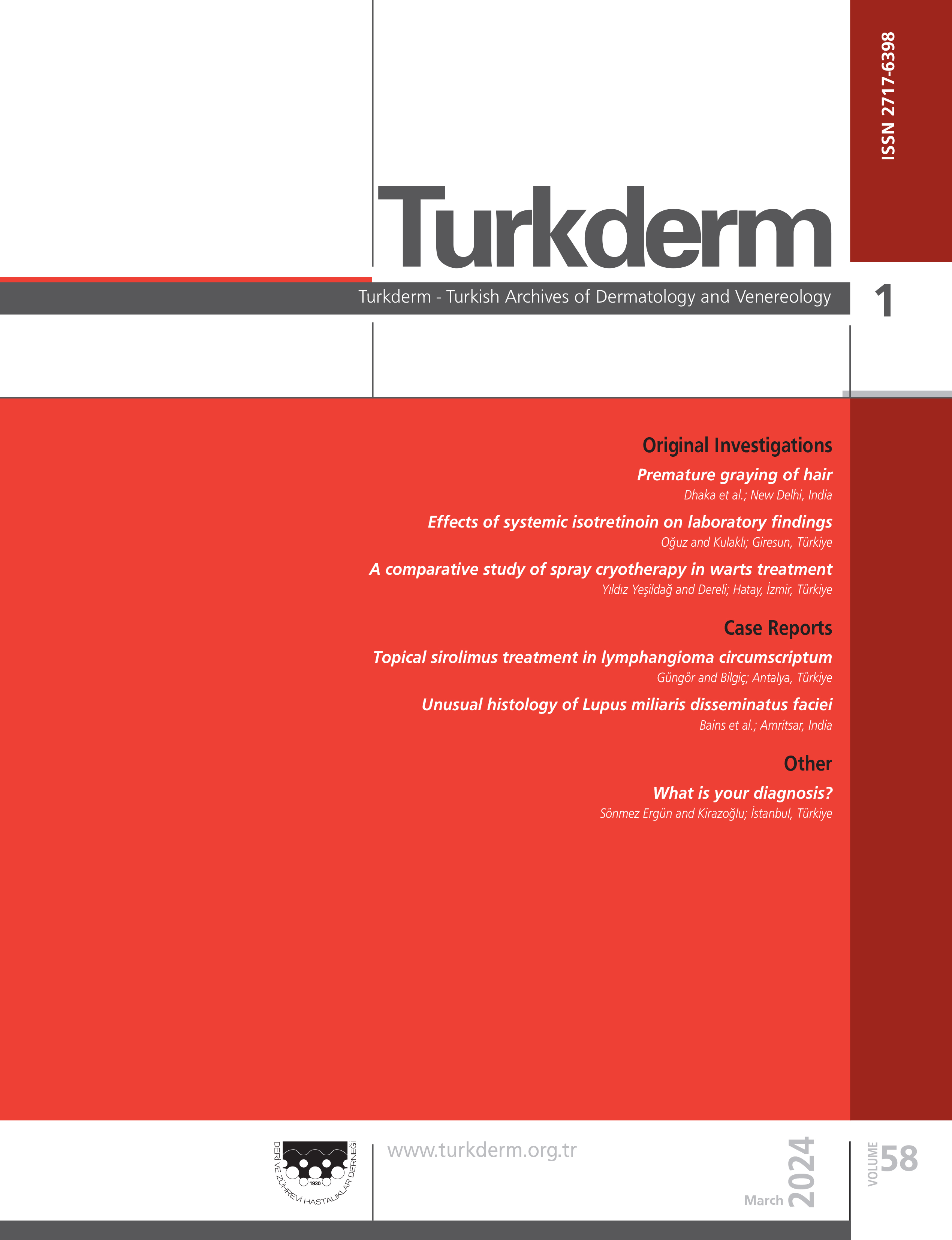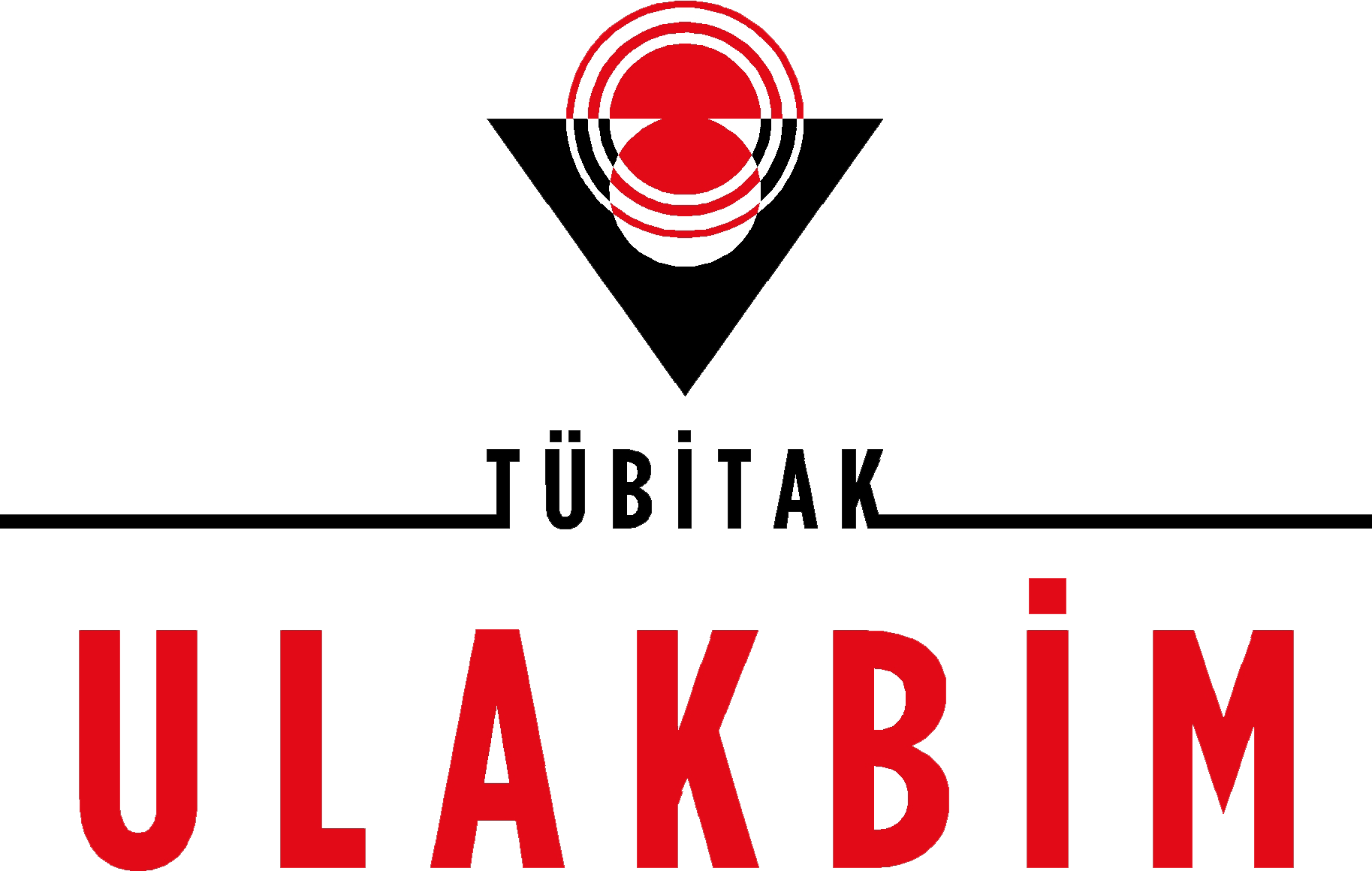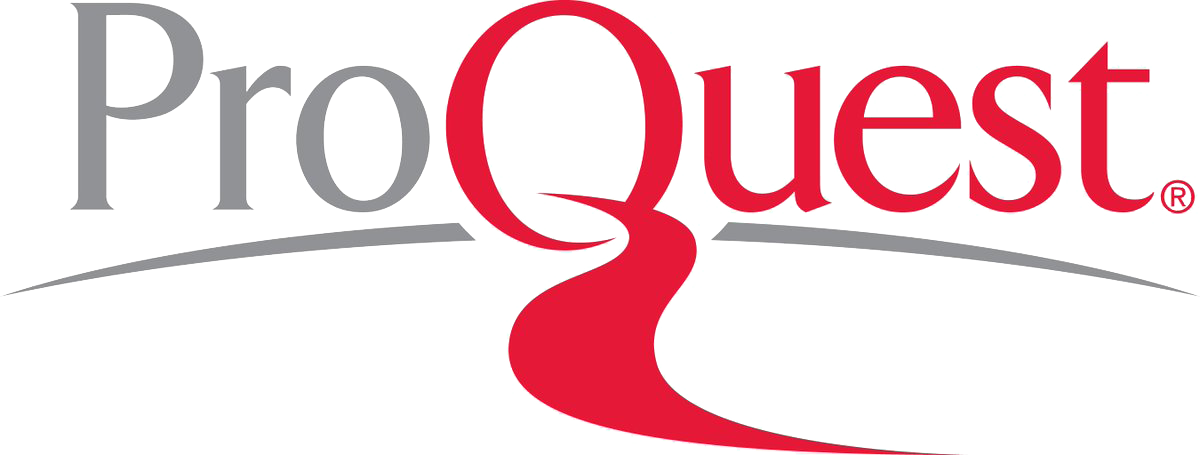Clinical and dermoscopic evaluation of the efficacy of 1064 nm Q-switched Nd: YAG laser treatment of Nevus of Ota
Snuhi Bhuiya, Chinjitha T Davis, Suchibrata Das, Arun AcharNrs Medical College, Department of Dermatology, Kolkata, IndiaBackground and Design: Nevus of Ota is a hamartoma that present since birth or within the first year of life. Most patients suffer from depression, and laser has become the first-line treatment for this difficult-to-treat condition. There are hardly any studies regarding dermoscopic changes of the Nevus of Ota treated with Nd: YAG laser from Eastern India. This study aimed to evaluate the effectiveness, safety and side effects of 1064 nm Q-button Nd: YAG laser treatment together with dermoscopic changes in patients with Nevus of Ota.
Materials and Methods: This was a prospective observational descriptive study conducted for a period of one year in a tertiary care hospital. We included clinically diagnosed Nevus of Ota patients aged over 18 years. Exclusion criteria were acute infection or chronic diseases, pregnancy or lactation, and history of any treatment with laser or chemo-peeling. Thirty-two cases were included in the study. Photographs and dermoscopic examinations were done at every session for an average of six sessions at an interval of four to six weeks. The response to treatment was graded based on the physician's global assessment scale, and appropriate statistical tests were done using SPSS 18.
Results: Very good results with >75% improvement were seen in 12.5% of patients, and a good response i.e., 50-74% was seen in 59.37% of patients. An average response (25-49%) was seen in 18.75% of patients, while a poor response with <25% improvement was found in 9.37% of patients. After completion of laser sessions, dermoscopy was done again to compare changes, but there were no significant changes except a slight lightening of the brown-grey patchy distribution and fewer brown-grey dots. There were no changes in terminal hair, serpentine vessels, and scaling.
Conclusion: Most patients noted satisfying improvement after an average of six sessions of Nd: YAG laser therapy. Studies with a greater number of sessions can be conducted, and they may yield more improvement.
Ota Nevus'un 1064 nm Q düğmeli Nd: YAG lazer tedavisinin etkinliğinin klinik ve dermoskopik değerlendirmesi
Snuhi Bhuiya, Chinjitha T Davis, Suchibrata Das, Arun AcharDermatoloji Departmanı, Nrs Medical College, Kalküta, HindistanAmaç: Ota Nevusu, doğumdan itibaren veya yaşamın ilk yılında mevcut olan bir hamartomdur. Hastaların çoğu depresyondan muzdariptir ve lazer artık bu tedavisi zor durum için birinci basamak tedavi haline gelmiştir. Doğu Hindistandan Nd: YAG lazer ile tedavi edilen Ota Nevus'un dermoskopik değişiklikleri ile ilgili neredeyse hiç çalışma yoktur. Bu çalışmada, Ota Nevus'lu olgularda 1064 nm Q düğmeli Nd: YAG lazer tedavisinin etkinlik, güvenlik ve yan etkilerinin, dermoskopik değişikliklerle birlikte değerlendirilmesi amaçlanmıştır.
Gereç ve Yöntem: Bu, üçüncü basamak bir hastanede bir yıl boyunca yürütülen prospektif, gözlemsel tanımlayıcı bir çalışmadır. Çalışmaya klinik olarak 18 yaş üstü Ota Nevus hastalarını dahil ettik. Hariç tutma kriterleri, akut enfeksiyon veya kronik hastalıklar, gebelik veya emzirme ve geçmişte lazer veya kimyasal soyma ile herhangi bir tedavi öyküsü idi. Çalışmaya 32 olgu dahil edildi. Dört ila 6 hafta arayla ortalama altı seansta her seansta fotoğraf ve dermoskopik inceleme yapıldı. Tedavi yanıtı hekimin genel değerlendirme ölçeğine göre derecelendirildi ve SPSS18 kullanılarak uygun istatistiksel testler yapıldı.
Bulgular: %12,5 hastada >%75 iyileşme ile çok iyi yanıt ve %59,37 hastada iyi yanıt (%50-74) görüldü. %18,75 hastada ortalama yanıt (%25- 49) görülürken, %9,37 hastada <%25 iyileşme ile kötü yanıt bulundu. Lazer seanslarının tamamlanmasından sonra, değişiklikleri karşılaştırmak için tekrar dermoskopi yapıldı, ancak kahverengi gri yamalı dağılımın hafifçe açılması ve daha az kahverengi gri nokta dışında önemli bir değişiklik olmadı. Terminal kıllarda, serpantin damarlarda ve pullanmada herhangi bir değişiklik saptanmadı.
Sonuç: Çoğu hasta, ortalama altı seanslık Nd: YAG lazer tedavisinden sonra tatmin edici bir iyileşme kaydetti. Daha fazla lazer seansları uygulayarak yapılacak çalışmalarla daha fazla iyileşme sağlanabileceği kanaatindeyiz.
Corresponding Author: Arun Achar, India
Manuscript Language: English






















